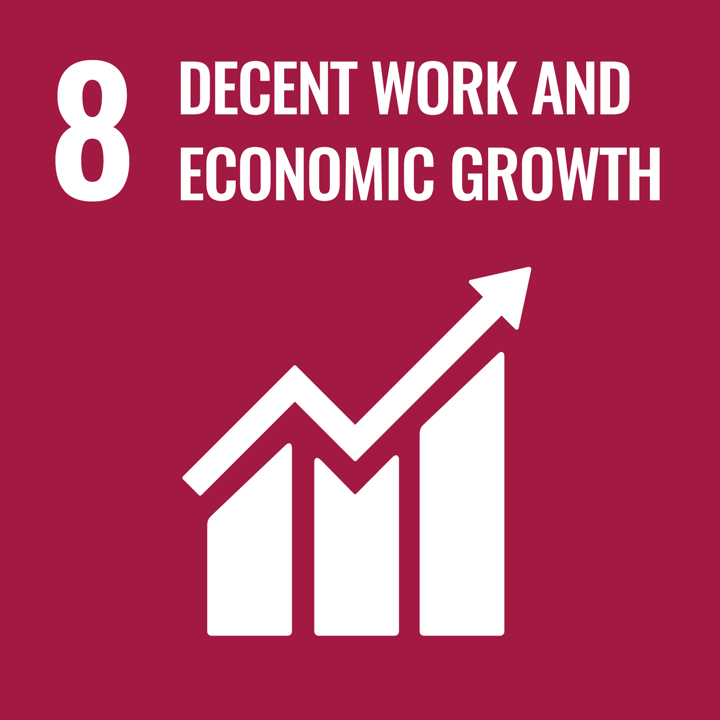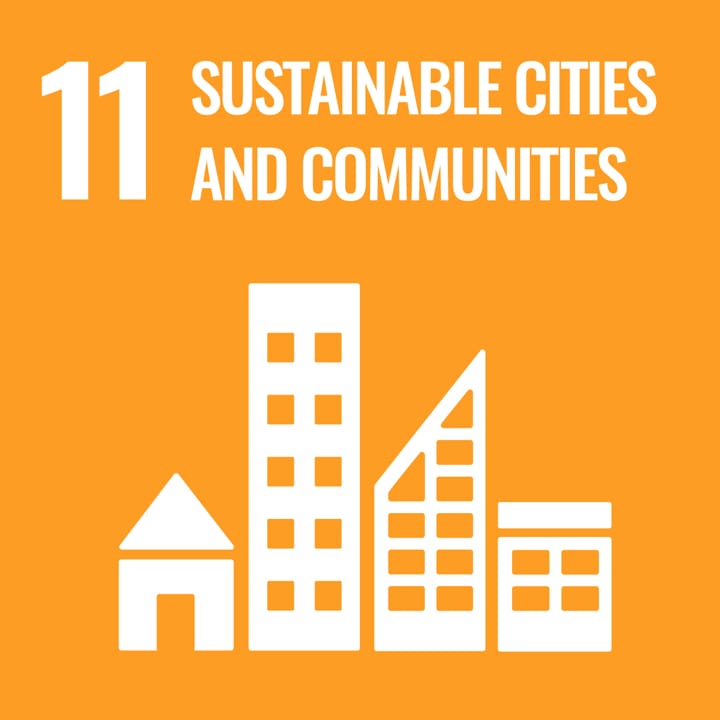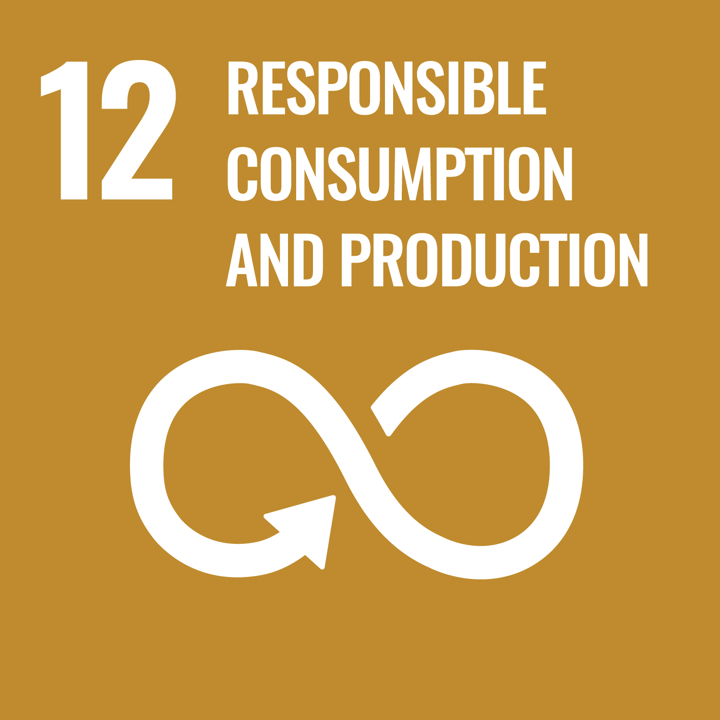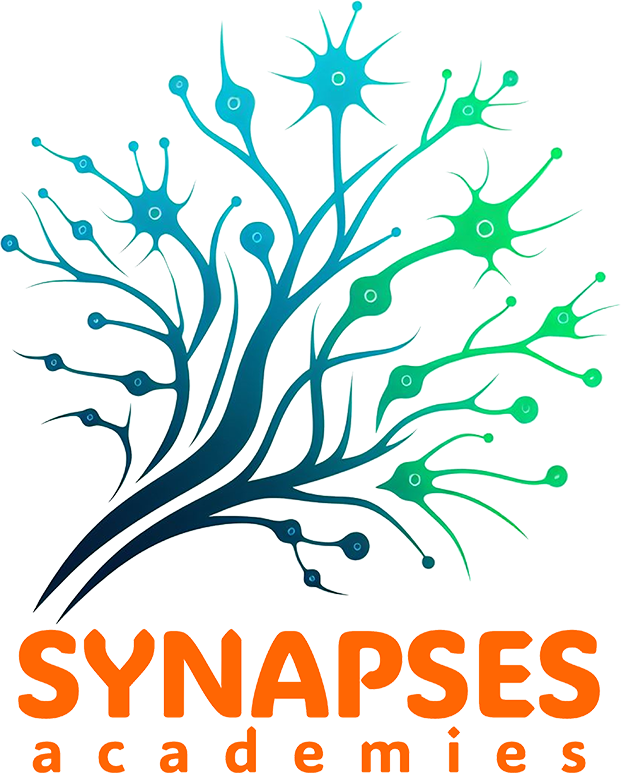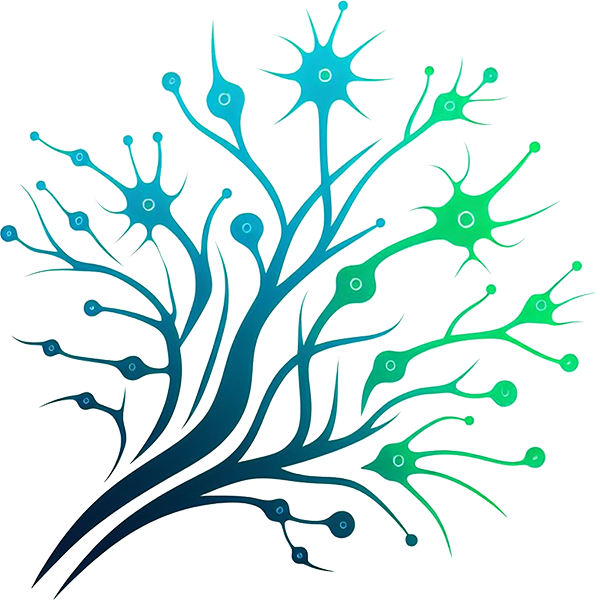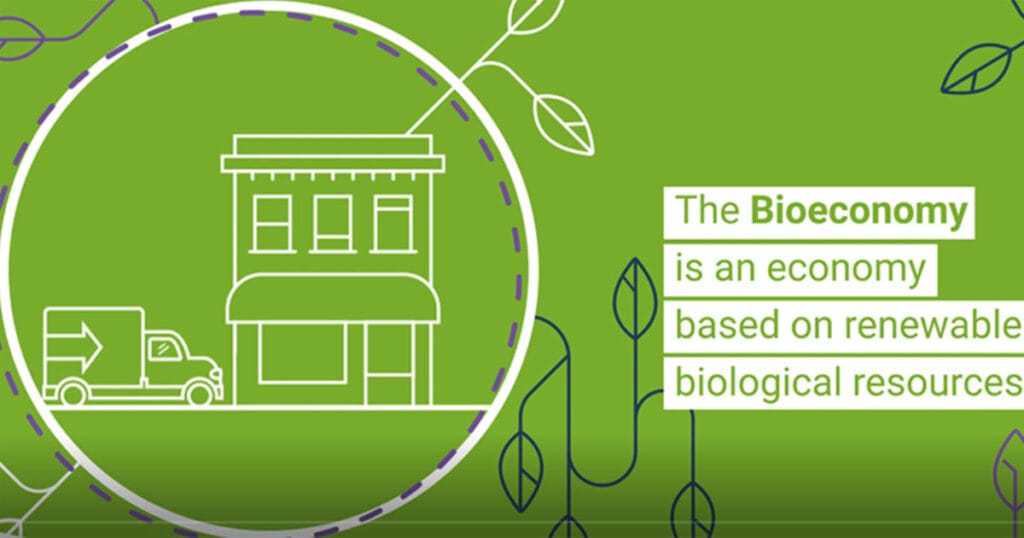
Intended End User: Teacher
Age Group: Lower Secondary
School Curriculum: Maths; Science; Social, Physical & Health Education; Social & Environment Science; Languages; Business Studies; Applied Science
Themes and Topics: Energy Use and Production; Behaviour & Lifestyle; Economics; Futures Thinking; Food and Agriculture
Duration: 3 x lessons, each 45 – 60 min.
Type of Resource: Case Study, Audio/Video, Lesson Plans, Presentation
Keywords: Bioeconomy, Circular Economy, Sustainable Resource Use, Inquiry-Based Learning, Design Thinking
Languages: English
Description
What is the Bioeconomy? To break it down, the term bio refers to any living thing; while economy means the making and usage of goods and services by those within a country or region. So, the Bioeconomy is an economy based on renewable biological resources. By using living things instead of those that are non-renewable, humans can grow more to replace diminishing reserves.
The three lessons in Pack 1 will introduce these concepts and links to the UN Sustainable Development Goals (SDGs). It will frequently encourage classroom debate to enhance students’ learning. These debates will have accompanying prompts to help highlight the multiple layers, perspectives and dimensions to the Bioeconomy and sustainability.
After these lessons, students will have a critical and informed knowledge base from which they can make sustainable consumer choices; considering economic, environmental and societal impacts to various decisions.
How to use this resource
These packs are all flexible, and have purposely been created on editable templates for teachers/ educators to adapt to local contexts and the needs/abilities of students.
The pack is multimedia, and uses PowerPoints, print-outs, activity guides and video to encourage meaningful learning. Some activities require outdoor space.
The resources
What is the Bioeconomy? (PDF):
The THYME Project Teacher Guide to Pack 1: Laying the Foundations provides detailed notes and instruction for teachers to a three-lesson introduction to the Bioeconomy. To accompany this, PowerPoint slides with teacher notes and embedded media content are available to download here:
- Lesson 1: Will we ever run out?
- Lesson 2: What is the Bioeconomy?
- Lesson 3: Is it time to bin the plastic bag?
The full range of resources developed by the THYME Project are available here:
Due to reconstruction of the website of the University of Hull, it might happen that the above-mentioned resources are not available for some time. You can find the resource packs here:
Learning Outcomes (Teachers)
- Elicit prior knowledge and further develop knowledge and comprehension of key Sustainability Citizenship key concepts, challenging established worldviews and values.
- Apply a range of suitable tools and frameworks to promote student Sustainability Citizenship
- Reflect on practice and examine national curricula to identify opportunities to promote Sustainability Citizenship in interdisciplinary ways and engage with external stakeholders.
- Collaboratively synthesise the knowledge, tools and frameworks to create educational materials and lessons plans adapted to their own local context
Green Competencies
- Embodying Sustainable Values: Valuing Sustainability
- Embracing Complexity in Sustainability: Systems Thinking; Critical Thinking; Problem Framing
- Envisioning Sustainable Futures: Futures Literacy; Adaptability; Exploratory Thinking
Creative Commons
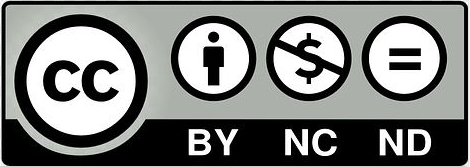
These educational resources were created by the University of Hull’s Energy and Environment Institute, as part of the THYME Project. Researchers worked with school teachers and community organisations to develop activities and lesson plans around Bioeconomy themes and concepts. The multimedia teachers’ resource packs help you introduce the Bioeconomy into your curriculum. They contain lesson plans, worksheets, animation links, written case studies with online resource links, ‘how to’ films and download links for powerpoint presentations as well as careers resources for older students.
SDGs

